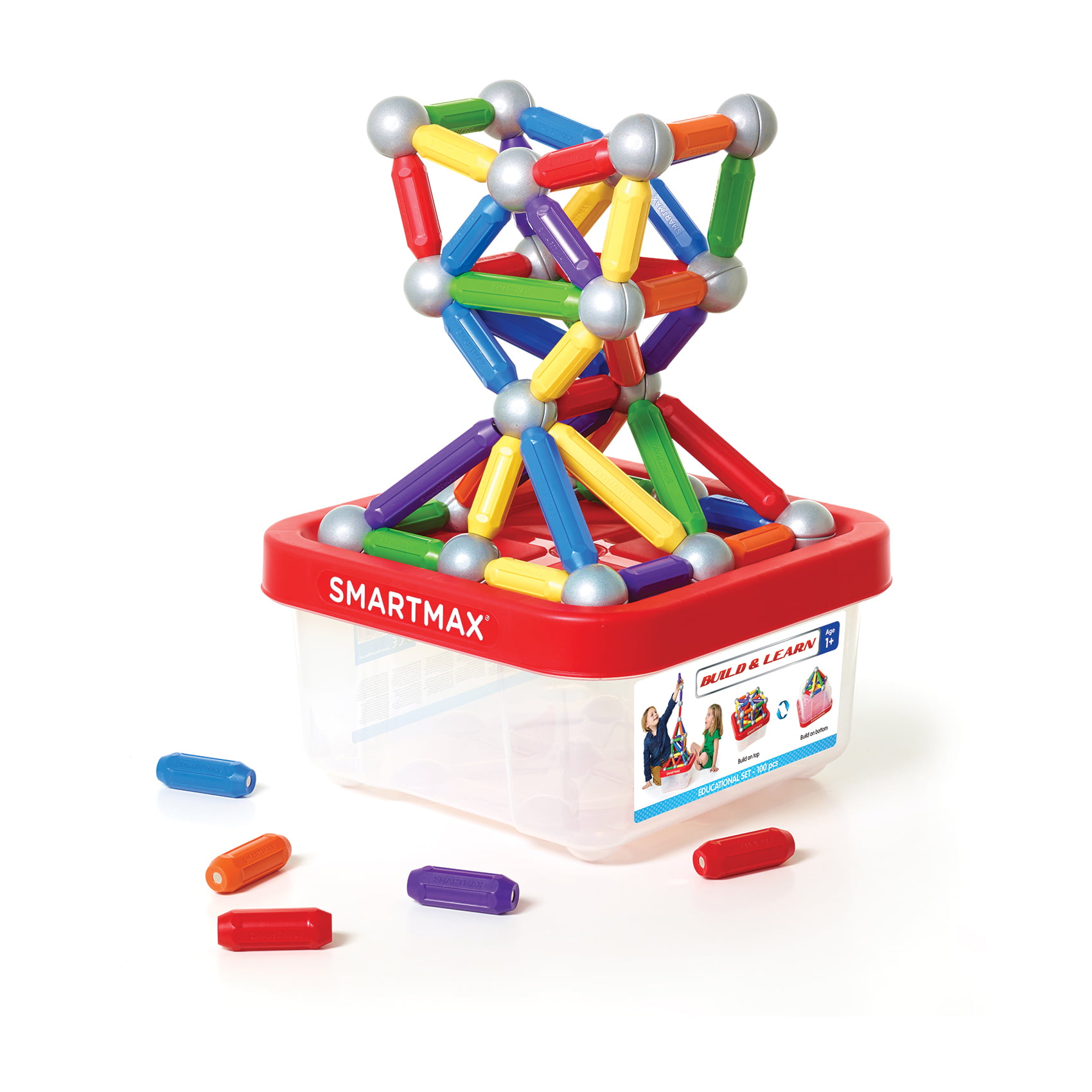

REACH is a regulation that applies to consumer products sold in the EU. Label file, including producer and product information.Manufacturers or importers of magnets must comply with the requirements established by the GPSD, which include preparing documents such as the following: For example, companies that import or manufacture magnets could still decide to test their products against the requirements of EN 71-1, even if their product is not a children’s toy. If no specific harmonized standards for their product exist, importers and manufacturers can still choose to follow relevant EN standards, international, or national standards.

The GPSD requires that importers and manufacturers must ensure that their products are safe for consumers, before being placed in the EU market. The GPSD sets out the general principles and regulatory framework for manufacturers, distributors, and importers, regarding product safety, recalls, and other procedures. The General Product Safety Directive (GPSD) applies to consumer products sold in the member states of the EU. The RoHS Directive requires that electronic and electrical products covered by its rule must not contain more than 0.1% by weight of either of the substances listed above (or 0.01% for cadmium).īesides that, the following requirements also apply: The RoHS Directive restricts the following substances in electrical and electronic products to be lower than 0.1% by weight (except for cadmium, which is limited to 0.01%): Here we provide some examples of companies that declare to test their magnets against the RoHS Directive substance restrictions: This means magnetic materials or components could also contain RoHS restricted heavy metals, such as cadmium.Ĭompanies that manufacture, import, or distribute magnetic materials might decide to test their products against the substance restrictions of the RoHS Directive, even if their products may not be covered by the directive. Since some common heavy metals express strong magnetism, certain magnetic materials may be added with alloying elements such as copper, manganese, or chromium to improve their magnetic properties and resistivity. The RoHS Directive restricts the use of certain heavy metals, flame retardants, and phthalates in electrical and electronic devices. For example, part 12 is a test guide to assess the temperature capability of interlaminar insulation coatings.
#Magnet toys series
Other parts of this standards’ series introduce measurement and test methods concerning the magnetic properties of different types of soft or hard magnetic materials. Hard magnetic materials with coercivity greater than 1,000 A/mĪccording to the classification, different test methods might apply. Soft magnetic materials with coercivity lower or equal to 1,000 A/mī. List of Products Covered by the Toy Safety Directive (EN 71)ĮN 60404 – Magnetic Materials is a series of standards that aims at classifying, testing, and measuring different types of magnetic materials.ĮN 60404-1 – Magnetic Materials – Classification categorizes commercially available magnetic materials, such as:Ī.Toy Safety Directive: Guide for EU Importers.Here we list some articles that are relevant for magnetic toys: Notified body assessment (if applicable).

#Magnet toys free
Book a free consultation call today with Ivan Malloci to learn how we can help you with:īOOK A FREE CONSULTATION EN 71-1: Mechanical and Physical PropertiesĮN 71-1 specifies requirements and test methods for the mechanical and physical properties of toys, such as small parts, long cords, and more.We Help Brands & Importers With Product Compliance (US & EU)


 0 kommentar(er)
0 kommentar(er)
